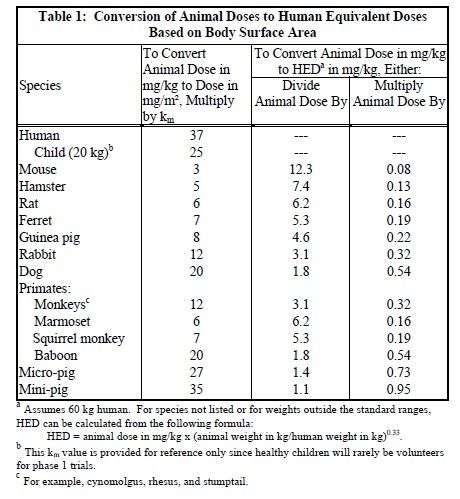NeighborMike
Bluelighter
- Joined
- Aug 12, 2009
- Messages
- 1,866
Improvements in body composition, cardiometabolic risk factors and insulin sensitivity with trenbolone in normogonadic rats.
Donner DG1, Beck BR2, Bulmer AC3, Lam AK4, Du Toit EF3.
Author information
Abstract
Trenbolone (TREN) is used for anabolic growth-promotion in over 20 million cattle annually and continues to be misused for aesthetic purposes in humans. The current study investigated TREN's effects on body composition and cardiometabolic risk factors; and its tissue-selective effects on the cardiovascular system, liver and prostate. Male rats (n=12) were implanted with osmotic infusion pumps delivering either cyclodextrin vehicle (CTRL) or 2mg/kg/day TREN for 6 weeks. Dual-energy X-ray Absorptiometry assessment of body composition; organ wet weights and serum lipid profiles; and insulin sensitivity were assessed. Cardiac ultrasound examinations were performed before in vivo studies assessed myocardial susceptibility to ischemia-reperfusion (I/R) injury. Circulating sex hormones and liver enzyme activities; and prostate and liver histology were examined. In 6 weeks, fat mass increased by 34±7% in CTRLs (p<0.01). Fat mass decreased by 37±6% and lean mass increased by 11±4% with TREN (p<0.05). Serum triglycerides, HDL and LDL were reduced by 62%, 57% and 78% (p<0.05) respectively in TREN rats. Histological examination of the prostates from TREN-treated rats indicated benign hyperplasia associated with an increased prostate mass (149% compared to CTRLs, p<0.01). No evidence of adverse cardiac or hepatic effects was observed. In conclusion, improvements in body composition, lipid profile and insulin sensitivity (key risk factors for cardiometabolic disease) were achieved with six-week TREN treatment without evidence of adverse cardiovascular or hepatic effects that are commonly associated with traditional anabolic steroid misuse. Sex hormone suppression and benign prostate hyperplasia were confirmed as adverse effects of the treatment.
Reply With Quote Multi-Quote This Message Quick reply to this message Thanks
Heres a graph so you can compare correctly
Rodents metabolize much faster. You estimate by division of the dose by 6.2 to convert to human. So roughly 35 mg/d

https://www.ncbi.nlm.nih.gov/pubmed/25554582
Last edited by a moderator:


